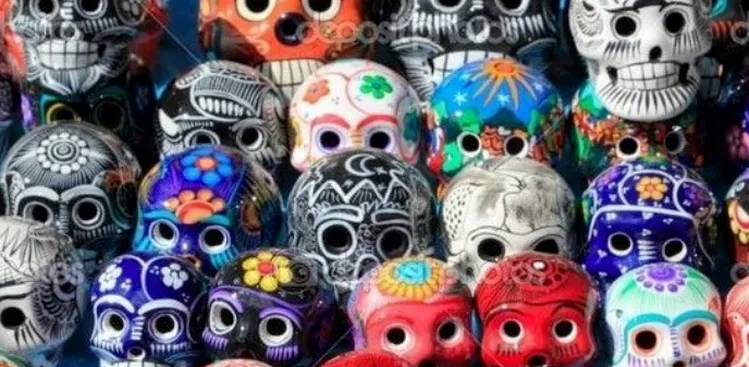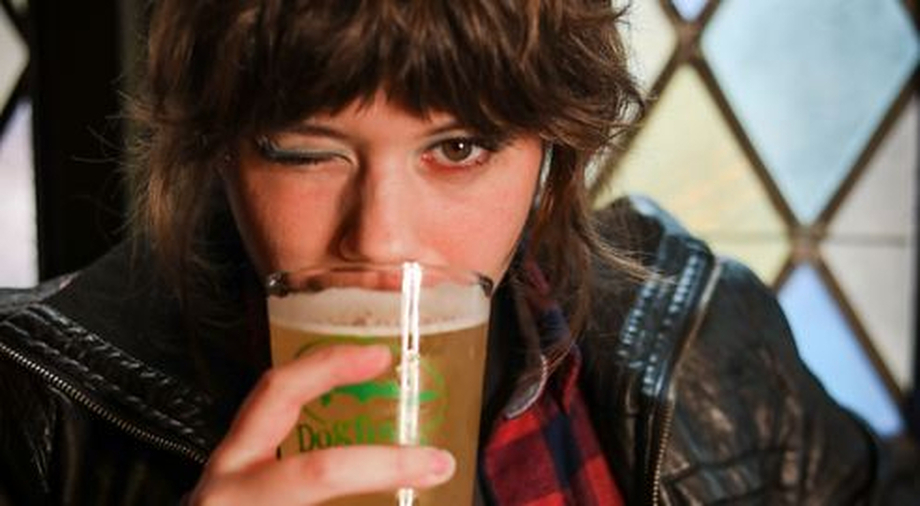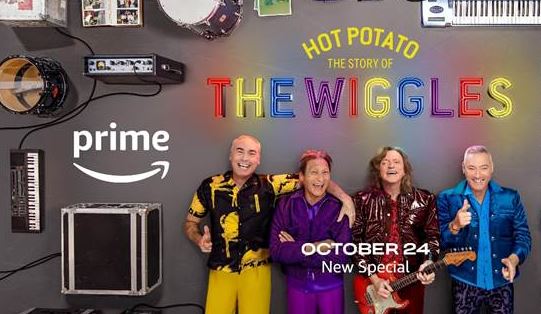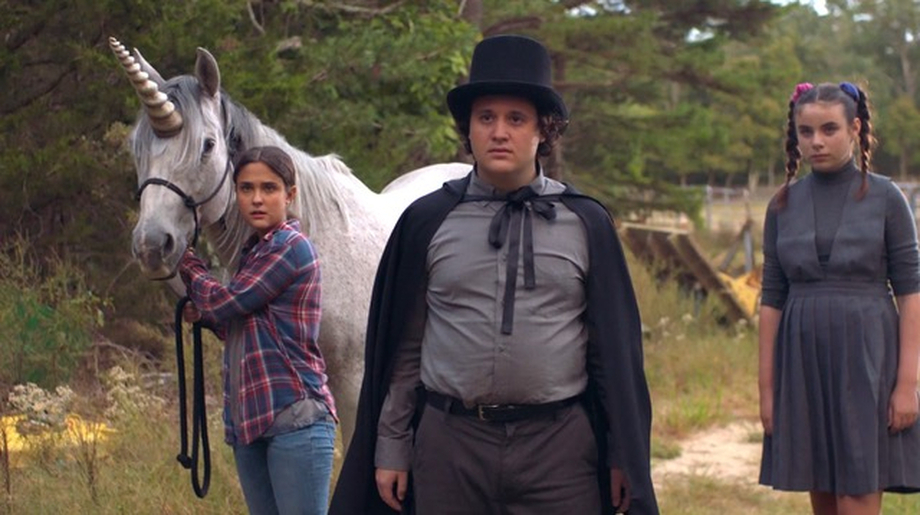PHILADELPHIA, PA - Philadelphia is a vibrant place with diverse cultures and histories. The Hispanic community, in particular, has played an integral part in the history and development of the city. This article will explore the unique history of Philadelphia's Hispanic community, from the earliest days of Spanish settlement to its current role as an integral part of the city's diverse culture. By discovering the Hispanic culture and its impact on the city, we can better appreciate Philadelphia's diverse and vibrant history.
What Is The Significance Of Philadelphia's Hispanic History?
Philadelphia is one of the most diverse cities in the United States. The Hispanic population has long been a part of the city’s history, with many immigrants coming to the city in the 19th and 20th centuries from Mexico, Cuba, Puerto Rico, and other Latin American countries. The Hispanic community has contributed to Philadelphia’s culture, economy, and politics and has had an essential role in the city's development. Philadelphia’s Hispanic history is an essential part of its history and has made the city the vibrant and diverse place it is today.
How Have Philadelphia's Hispanic Communities Shaped The City's Culture And Identity?
Philadelphia’s Hispanic communities have played a crucial role in shaping the city’s culture and identity. Philadelphia’s large and diverse Hispanic population has been instrumental in introducing new customs, foods, and music to the city. The Hispanic presence and influence are undeniable, from vibrant Latin markets, shops, and restaurants to festivals like the Puerto Rican Day Parade. It has also heavily impacted the city’s art scene, with art galleries and murals reflecting the Hispanic culture. Additionally, the Hispanic community has had a significant economic impact on the city, with many businesses catering to the Hispanic population, providing jobs, and contributing to the city’s economy. Finally, Philadelphia’s Hispanic population has been integral to the city’s political landscape, with many elected officials representing their community’s interests. In short, Philadelphia’s Hispanic communities have played a significant role in making the city a vibrant and diverse place to live.
What Aspects Of Philadelphia's Hispanic History Can Be Seen Today?
Philadelphia's Hispanic history can still be seen in its architecture, monuments, art, and culture. Some surviving landmarks include the 19th-century Church of La Esperanza in South Philly, which served the city's growing Puerto Rican community, and the Taller Puertorriqueño community center, which provides resources for the city's Hispanic population. Public art, such as the El Corazon sculpture in North Philly and murals in throughout the city, commemorate Philadelphia's Hispanic heritage and diversity. Cultural festivals such as the Puerto Rican Day Parade and the Mexicantown Festival keep the city's Hispanic culture alive and vibrant. Additionally, the city's restaurants, markets, and bodegas offer a variety of flavors reflective of Philadelphia's Hispanic communities. Finally, Philadelphia's Hispanic population continues to grow and has significantly contributed to the city's culture and economy.
What Efforts Are Being Made To Preserve And Promote Philadelphia's Hispanic Heritage?
Many organizations in Philadelphia are devoted to preserving and promoting Philadelphia's Hispanic heritage. These include the Taller Puertorriqueño, the Mexican Cultural Center of Greater Philadelphia, the Centro Nuevos Horizontes, the Institute for Latino Studies, and the Latin American Cultural Center of Greater Philadelphia. These organizations provide educational and cultural programming, festivals, and other yearly events that help celebrate and preserve the city's Hispanic heritage. Additionally, the Philadelphia Latino Film Festival is held annually, and there are several smaller festivals throughout the year, such as the Philadelphia Latino Music Festival and the Philadelphia Latino Art Festival. These festivals feature the work of local and international artists, writers, and performers and showcase the best of Philadelphia's Hispanic culture.
What Can Individuals Do To Support And Learn About Philadelphia's Hispanic History?
Individuals can support and learn about Philadelphia's Hispanic history by attending events and programs offered by local museums, organizations, and non-profits. People can also explore local resources such as archives and libraries and visit historical sites associated with Philadelphia’s Hispanic past. Taking part in lectures and tours led by experts in the field and participating in festivals, cultural events, and workshops where participants can learn about the history and culture of the city's Spanish-speaking population are other ways of learning and supporting the community’s history. Additionally, people can join local Hispanic organizations, volunteer time in activities that promote Latino culture, and support businesses and initiatives that seek to preserve and advance the contributions of Hispanics to the city.
Conclusion
Exploring Philadelphia's Hispanic history has been a fascinating journey. From the vibrant neighborhoods of South Philly to the beautiful murals in the Italian Market, it's clear that the city's Latino population has long been a part of the fabric of Philadelphia's culture. But it's not just a matter of looking back — this exploration has made it possible to see the city's future as a place where all cultures come together, and everyone is welcome. As we celebrate this colorful history, let us all strive to create a city that embraces its diversity and makes everyone feel included. We can create Philadelphia as a beacon of hope and opportunity for all.




